|
Too cold? Too warm? Humans can be sensitive to temperature fluctuation. Now Porsche’s automatic climate control system in the latest generation of Porsche 911 intelligently ensures a sense of comfort. Porsche engineers have intelligently refined it once again for the latest generation of Porsche 911 Cabriolets. The challenge: while the interior temperature sensor is a central control variable in a closed vehicle, many additional influences are added when driving in the open air. This is why the new cabriolet control system slowly suppresses this sensor as the soft-top is opened. The complex automatic climate control system now processes around 350 signals in half-second intervals in coordination with twenty external and twenty internal interfaces. Sensors continuously record parameters, such as outlet, outside, and coolant temperatures as well as engine speed, insolation, and vehicle speed. The interfaces relevant to the climate control unit include the control units for the engine, soft-top, doors, and seats. The climate control system uses this data stream to continuously calculate the optimum air temperature, air outlet volume, and air distribution in the open-top interior. This clever convertible control is particularly noticeable at low speeds. Even in the searing summer heat of the city, 911 Cabriolet drivers are surrounded by a pleasant freshness. During top-down excursions in the winter, the Porsche system overrides the conventional comfort formula of “warm feet, cool head.” Instead, the automatic climate control system distributes more warm air via the center air vents for the driver and front passenger. The result: occupants enjoy a cozy veil of heat without having the unpleasant sensation of air being blown in their faces. Blissfully warm hands on the steering wheel; heavy winter jackets head for the luggage compartment. In changing weather conditions, common in spring or fall, the automatic climate control reacts to practically every cloud in the sky with a control adjustment. And it does all of this without any manual intervention. What’s left for the occupants to do? Just to remember their sunscreen and sunglasses and, if it rains, to close the top—and enjoy the drive.
Customers score sales experience with Porsche higher than any other brand
Atlanta, Georgia. New car customers rated Porsche as the top brand in J.D. Power’s annual Sales Satisfaction Index (SSI) Study released today. Porsche improved its overall ranking by three spots in 2018 compared to last year’s SSI Study. With an increase of 10 points to a total of 828, Porsche ranked higher than any other brand. “This achievement is the result of a customer-focused strategy that has been superbly executed by our 190 U.S. dealer partners,” said Klaus Zellmer, President and CEO of Atlanta-based Porsche Cars North America, Inc. “First and foremost, this award is for our dedicated dealers, who have invested significant time in training for their employees and committed $500 million to improving facilities in just the last five years.” The SSI Study provides an analysis of the purchase experience from a customer perspective. It is based on responses from 25,748 people who purchased or leased new vehicles this year. Particular high points for customers who bought or leased a Porsche between April and May 2018 included the delivery process, dealership facilities, and working out the details of the transaction. Porsche shoppers also expressed satisfaction with salespeople and inventory. Zellmer noted that in the first 10 months of this year, Porsche sales in the U.S. were up 3.2 percent compared to the same period in 2017. “We are glad to see growth going hand-in-hand with continually improving the customer experience,” he said. Los Angeles. Faster, Porsche presented the 8th generation of the 911 in Petree Hall at the Los Angeles Auto Show. “California is the ideal place to introduce the new 911. California has been like a second home to Porsche for decades,” comments Oliver Blume, CEO of Porsche AG. “The 8th generation of the 911 is even more powerful, even more emotional, and even more efficient than its predecessor – and also offers extensive digital features. And in spite of all the innovations, the 911 is still just what it has always been: a pure sports car and the pulsing heart of Porsche: our icon.”
Unmistakably committed to the Porsche design DNA, sporting a much more muscular look and an interior featuring a 10.9-inch touchscreen monitor, the new 911 is timeless – and also modern. Intelligent control and chassis elements as well as innovative assistance systems combine the masterfully uncompromising driving dynamics for which the classic rear-engine sports car is famous, with the demands of the digital world. The next generation of twin-turbocharged flat-six engines has been further developed and is more powerful than ever before, offering 443 hp in the S models. The efficiency of the powertrain has been optimized by an improved injection process as well as a new layout for the turbochargers and charge air cooling system. The engine is mated to a new eight-speed PDK (Porsche Doppelkupplung) dual-clutch transmission. A manual transmission will be available at a later date. The top track speeds are now 191 mph (Carrera S) and 190 mph for the Carrera 4S all-wheel-drive version. Additional highlights include the standard Porsche Wet Mode, an innovative world first designed to make driving on wet roads even safer, optional Night Vision Assist with a thermal imaging camera, as well as comprehensive connectivity that uses swarm data when Porsche Connect Plus is activated. Detlev von Platen, Member of the Executive Board for Sales and Marketing at Porsche AG, emphasized the importance of the North American market for the sports car manufacturer: “U.S. customers purchased more than 55,000 Porsches in 2017, and the American importer and distributor Porsche Cars North America is on track to achieve a new record figure in 2018. Ultimately, no model better symbolizes the American love affair with Porsche than the 911. One in three Porsche 911s built in Zuffenhausen goes to the USA.” An exterior design that draws on earlier generations of the 911 The exterior design is familiar and yet unmistakably new. The eighth-generation 911 is wider, more assertive, and more advanced. Wider fenders arch over the large 20-inch wheels at the front and 21-inch wheels at the rear. All models now feature the wider body previously reserved for 911 Carrera 4, GTS and GT3 models, which is 1.7 inches (44 mm) wider at the rear fenders. The front end of all models – now 1.8 inches (45 mm) wider – revives a traditional feature of earlier 911 generations: a front luggage compartment lid with a distinctive recess in front of the windshield. Both elements visually lengthen the front of the vehicle and give it a particularly dynamic appearance. At the same time, the newly developed LED headlights illustrate how technology has advanced in the 911. These headlights are integrated into the fenders almost seamlessly, and feature the round and upright shape characteristic of classic 911 models. Flush integration of the door handles that extend when needed emphasize the tapered and smooth side contour. The exterior mirrors have also been redesigned and are optimized to reduce wind noise. The rear of the new 911 is dominated by the significantly wider, variable-position spoiler and the seamless, elegant light bar. The vertically arranged louvers of the rear decklid grille above the air intake echo the contours of the rear window. As a distinguishing feature, the rear-wheel-drive Carrera S models have black louvers, while the all-wheel-drive Carrera 4S models have silver elements. The centrally located third brake light has also been integrated into the rear decklid grille. Since this is obscured when the rear spoiler is extended, there is a second brake light mounted in the spoiler itself. With the exception of the front and rear fasciae, the entire outer skin of the car is now made of aluminum. Redesigned interior with clear lines The interior is distinctive, with clear, straight lines and recessed instruments defining the dashboard. The 911 models from the 1970s provided the inspiration here as well. As in the original 911, the new dashboard covers the entire width between two horizontal levels. Alongside the centrally positioned tachometer, two thin, frameless freeform displays provide information to the driver. Below the new Porsche Communication Management (PCM) system, a control panel of five buttons with the look of classic toggle switches creates the transition to the center console controls. The seats have also been fundamentally modified. The adapted geometry offers significantly better lateral support in the shoulder areas. Although the seat is now positioned five millimeters lower than in the previous model and has a minimally thinner seat cushion, seating comfort has been improved overall. In the area of digitalization, the 911 takes the next step into the future with further improved connectivity, as well as new functions and services. The standard PCM system features Porsche Connect Plus including online traffic information based on swarm data. (A subscription is required after an initial 12 month trial period.) New assistance systems increase safety and comfort As a world first, Porsche has developed the Wet Mode, which is included as standard equipment on the 2020 Porsche 911. This function detects water on the road, preconditions the stability control and anti-lock brake systems accordingly, and warns the driver. The driver can then call up vehicle settings particularly suited for wet roads at push of a button, or by means of the mode switch on the steering wheel (when fitted with the optional Sport Chrono Package). The camera-based warning and brake assist system, also fitted as standard, detects the risk of collision with other vehicles, pedestrians and cyclists. It initiates emergency braking when necessary. Night Vision Assist with a thermal imaging camera is optionally available for the 911 for the first time. The Adaptive Cruise Control option includes automatic distance control, stop-and-go functionality, and an innovative Emergency Assist function. The next generation of flat-six engines The turbocharged flat-six engines also enter a new generation with the new 911. The primary focus of advanced development here was on further enhancing performance. New, larger turbochargers with a symmetrical layout and electrically controlled wastegate valves, a completely redesigned charge air cooling system, and use for the first time of piezo fuel injectors all improve the engine in key areas: responsiveness, power, torque characteristic, endurance and its free-revving nature. The enhanced engines make 443 horsepower at 6,500 rpm, 23 hp more than the previous model. The maximum torque of 390 lb-ft (22 lb-ft up from the previous model) is available within a wide powerband from 2,300 to 5,000 rpm. The 2020 911 Carrera S has a base MSRP of $113,200, while the 2020 911 Carrera 4S will start at $120,600, each not including the delivery, processing and handling fee of $1,050. The new models can be ordered now and are expected to reach U.S. dealers in Summer 2019. The Porsche 911 mythology, right on the wrist Porsche Design is honoring the new generation of the 911 with a special-edition watch limited to 911 pieces: the “911 Chronograph Timeless Machine Limited Edition.” The unmistakable design of the automotive icon is reflected in the puristic design of this timepiece and the contours of the titanium housing. Even the generously dimensioned black dial is derived from its motorized forerunner. The white pointers and indicators guarantee maximum readability both in the cockpit and on the wrist. The totalizator at 6 o’clock references the sports car icon with the markings at 3/6/9 and 11. The same is true for the silhouette of the 911 on the dial, and the strap that is produced using genuine Porsche interior leather. The special edition watch will be available from April 2019 in an exclusively boxed edition which also includes a special limitation badge. The masterpiece from Zuffenhausen – seven past generations of an icon A legend was born at the International Motor Show Germany (IAA) in Frankfurt. September 12, 1963: Porsche presented the highly anticipated successor to the 356 – a sports car had started the car manufacturer’s brand history in Gmünd, Austria some 15 years prior. 111,995 examples of the original 911 – initially called the 901 – were built before the model was discontinued. Ten years later, in 1973, the G series 911 launched with fundamental changes. Many of these became necessary because of stricter safety requirements around the world. Porsche relied on powerful turbo engines and a galvanized body in its top model, additionally launching a Cabriolet version of the 911 and the Speedster, alongside the Targa. 198,496 Porsche 911 G Series cars were built up to 1989. Its successor, referred to internally as type 964, was first shown in 1988. The first model variants of the 964 generation show just how advanced the new 911 was: all-wheel drive was introduced to the series for the first time on the Carrera 4, with Porsche having originally designed it for the 959 high-performance sports car. The 911 Carrera 2 with rear-wheel drive followed in 1989. Along with the Coupé, the Cabriolet and Targa versions also celebrated their debut at the same time. 85% of the 964 was made from newly designed parts. 63,762 third-generation Porsche 911s were produced within six years. The fourth generation of the 911 – the type 993 – is today considered one of the most desirable editions. Initially, Porsche offered it only as a Coupé and Cabriolet. The Targa made its debut in 1995, incorporating a new concept: instead of a removable folding roof panel, it had a glass roof with a large surface area, which could be retracted under the rear window. The era of air-cooled engines also ended in 1998 after the production of 68,881 vehicles. With the fifth generation of the 911, Porsche switched to water-cooled engines. The type 996 represents the biggest departure in this classic’s family tree. The company was in a state of financial upheaval. After 34 years, the sports car manufacturer comprehensively realigned its icon with the 996 generation. The focus was on reducing production costs by ensuring the greatest possible compatibility of parts with other models such as the new Boxster (986), and updated safety and emissions features. Production ended in 2005. With 175,262 units sold, the 996 is the long-underestimated success model up to that point in the history of the 911. From 2004, the type 997 Porsche 911 became more multifaceted than ever: customers could choose from a Coupé or Targa, Cabriolet or Speedster, rear- or all-wheel-drive, narrow or wider body, with water-cooled naturally aspirated and turbo engines, a GTS or the GT2, GT2 RS or GT3 derivatives, or either of two GT3 RS models. Including special models, the range had a total of 24 model variants – supplemented by a wide range of personalization options. With 213,004 vehicles built, the sixth generation of the 911 again hit a new production record. From 2011, the 991 embodies the highest development stage of the Porsche 911 to date. It is an extraordinary reflection of this sports car manufacturer’s leitmotif: striving for the best possible efficiency. This can be seen in all aspects, starting with its evolved design. A more compact silhouette, tension-charged surfaces, and precisely defined details mean the 991 looks more powerful than any other previous 911 – an effect heightened by the wider track and the wheelbase that was extended by ten centimeters. It also features adaptive aerodynamics: the 911 is the first series sports car from Porsche to adopt these from the 918 Spyder hybrid supercar. The 991 generation of the 911 is the absolute best seller in the history of this icon. 217,930 of them were built by October 31, 2018. In total, Porsche has produced 1,049,330 series 911s since its debut in 1963. Porsche Classic demonstrates full range of capability
Atlanta, Georgia. In an ultimate demonstration of restoration expertise, Porsche Classic created something unique: a 911 Turbo with an air-cooled engine, 20 years after the end of production of the 993 generation. The show car is based on an original body shell, and has an appearance as unique as its history. Painted in Golden Yellow Metallic, it is the same color as the 2018 911 Turbo S Exclusive Series. The black wheels are highlighted by Golden Yellow design accents, while the seats and interior trim also are finished in black with Golden Yellow details. The body shell features the characteristic side air intakes of the 993 Turbo S that were also available as an option for the regular 911 Turbo in 1998. Developing 450 horsepower, this project celebrates its world premiere at Porsche Rennsport Reunion VI at WeatherTech Raceway Laguna Seca on September 27, 2018. Project Gold, which is not lawful for registration or street usage and is limited to driving on private tracks, will then be auctioned in a global event to be held by RM Sotheby’s at the Porsche Experience Center in Atlanta on October 27, 2018. The RM Sotheby’s “Porsche 70th Anniversary Sale” is an exclusive, single-marque auction that will feature upwards of 70 Porsche sports cars – each of them showing a part of Porsche history, from the open road to rally and race tracks. Proceeds from the sale of “Project Gold” will be donated in Germany to the Ferry Porsche Foundation, a non-profit organization dedicated to education, social issues, and youth development established earlier this year to mark the “70 years of Porsche sports cars” celebrations. “Project Gold” showcases the comprehensive skill of Porsche Classic in fascinating fashion,” says Detlev von Platen, Member of the Executive Board of Porsche AG responsible for Sales and Marketing. “This project clearly demonstrates our strategic approach. Although we are starting a new chapter in our sports car history with the Porsche Taycan, the story of how the company evolved is no less significant. On the contrary, this Golden Yellow show car based on the 993 shows how incredibly passionate we are about the tradition of our brand.” “Project Gold” represents Porsche Classic’s spectacular contribution to the “70 years of Porsche sports cars” celebrations. With this anniversary in mind, as well as the forthcoming market launch of the Taycan as the first purely electric Porsche sports car, the experts at Porsche Classic came up with the concept of building a show car based on an existing genuine type 993 body shell to showcase both tradition and innovation. The experts were able to rely on a selection of over 6,500 genuine parts that Porsche Classic offers exclusively for 993-generation Porsche 911 models. Overall, the Classic division currently stocks some 52,000 parts, which customers can source via Porsche Classic Partners and Porsche Centers around the globe to repair and restore classic Porsche cars. Construction of the unique vehicle took approximately one and a half years. The body shell first went through the corrosion protection and painting process applied to today’s series-production vehicles. It then was assembled and tuned by Porsche Classic specialists at the Porsche Classic restoration workshop near Stuttgart. A brand new 3.6-liter twin-turbo flat-six engine developing 450 hp was installed, delivering performance similar to that which a 993-generation Turbo S vehicle would have had when it was in production. The manual transmission and all-wheel drive components were also sourced from the Porsche Classic range of genuine parts. The hand-stamped chassis number follows that of the last series-production street-legal 993 Turbo, which rolled off the production line in 1998. The exterior and interior elements were coordinated with the workshop’s dedicated Porsche Exclusive Manufaktur experts who were responsible for creating the 2018 911 Turbo S Exclusive series. To complement these elements, the designers at Style Porsche worked on the color gradients and positioning of badges as well as other interior details. The 993 remains a sought-after collector’s item to this day, and is considered a particularly sophisticated vehicle. It was the first 911 to feature an aluminum multilink rear suspension, giving it exceptional agility for its time. The 911 Turbo version of the 993 was also the first to have a twin-turbo engine. The front section is lower-slung than on the earlier 911 models, thanks to a switch from round to poly ellipsoidal headlights. Hollow-spoke aluminum wheels, a first for any car with aluminum wheels, were another innovation of the all-wheel drive 911 Turbo version. Only 345 units of the 911 Turbo S with its 450-hp performance-enhanced engine were built. When people think of Porsche, the first thing that comes to mind is often the silhouette of the 911 – and the flat engine. These engines are very close to every Porsche devotee’s heart. But what is so special about this particular design principle for an internal combustion engine? The air-cooled flat engine has a special place in the hearts of its fans. But emotions only tell half the story. As well as revving its way into the affections of many, the flat engine has many interesting features that give it the edge from a design point of view. Its history dates back 122 years to 1896, when Carl Benz invented the flat engine. He called it the contra engine because its two cylinders worked in opposition to one another. This first boxer engine was intended to have a displacement of over 1.7 litres and deliver 5 hp. Its underlying design principle – both then and now – is that the cylinders should lie flat and slightly offset to each other, on opposite sides of the crankshaft. The Porsche family tree of flat engines can be traced back to the VW Beetle. Its 1.1-litre, four-cylinder engine delivering 26 kW (35 hp) was installed by Ferry Porsche in his 356-001. Further engines followed, all of which were air-cooled until the 911 Type 993. In the top-of-the-range 911 Carrera RS, the 3.8-litre air-cooled flat engine achieved 221 kW (300 hp) without turbocharging. Two turbochargers boosted performance to 331 kW (450 hp). The ideal choice for sports cars The air-cooled flat engine is lightweight and flat, making it the ideal choice for sports cars, and particularly low designs are possible as the cylinders are lying flat. This lowers the centre of gravity, allowing for a sportier and more dynamic style of driving – and not just when cornering. If the flat engine is installed at the rear as in Porsche vehicles, traction is improved because the weight of the engine rests on the drive axle. Until all-wheel drive vehicles conquered the roads, Beetle and Porsche drivers agreed that a car with a rear-mounted engine was by far the best choice for winter conditions. The opposite is also true: When braking, the weight of a rear-mounted engine allows more braking force to be transferred to the rear wheels. The flat engine – and especially its six-cylinder variant – is particularly smooth-running, with no free moments or free forces. The crank mechanism is ideally balanced, allowing short-stroke sports engines to cruise along at high speeds without excessive strain. The 3.8-litre six-cylinder twin-turbo boxer engine of the 911 GT2 RS
One of the most characteristic features of the Porsche six-cylinder flat engines is the drop in fuel consumption as engine power increases. The concept underlying the flat engine involves a consistent lightweight construction, a low centre of gravity, outstanding revving ability and a high specific output thanks to advantageous charge cycles. All 911 engines need to be sporty as well as suitable for everyday use. As a basic rule, it takes more effort to manufacture a flat engine than an in-line engine because a greater number of parts are needed. The flat engine needs two banks of cylinders with a valve train, plus cooling or injection. The flat engine is a particularly good candidate for air cooling because the individual cylinders are located far apart from each other and can therefore benefit from a direct flow of cooling air. The fact that the 911 flat engines have been water-cooled since the 996 model series is primarily a result of the four-valve technology. Four valves are a prerequisite for cutting fuel consumption and exhaust emissions while also boosting performance. But this is only a point of interest for fans of water-cooled flat engines. No club with this name exists yet, but it surely will one day, when these engines stop being the latest technology and become part of history. Porsche Announces Introduction of “Tech Live Look” Augmented Reality Smart Glasses in Dealerships11/29/2017
Real-time remote assistance improves efficiency and can reduce service resolution time by up to 40 percent. Use of augmented reality in technical services for an even better service quality and customer experience Atlanta, Georgia. Porsche Cars North America, Inc. (PCNA) today announced the introduction of "Tech Live Look," an Augmented Reality (AR) technology designed to improve technical services at Porsche dealerships in the United States.
"Tech Live Look" uses the AiR Enterprise™ software platform from Atheer, Inc., a leading provider of AR solutions, in conjunction with lightweight smart glasses. These high-tech spectacles feature the latest in projection technology and come equipped with a high-resolution, auto focus camera that shows even fine details such as threading on screws. The glasses include a powerful LED to illuminate dark spaces in the engine compartment or under the car. How does this technology work? When a service technician at a dealership in Los Angeles dons this specialized eyewear and connects through the software with the Atlanta-based Porsche technical support team 2,200 miles away, it allows the support team to see exactly what he is seeing, in real time. This "see what I see" video-conferencing capability with instant access to remote experts allows both parties to quickly identify and resolve technical issues. It can also help decrease service resolution time by up to 40 percent, based on the findings of a pilot program undertaken in July 2017 at eight Porsche dealerships in California, Florida, Indiana, New Jersey, and Washington, along with one in Canada. "Tech Live Look" can do much more than just provide real-time video capability. It allows the technical support team to take screen shots or send technical bulletins and instructions onto the projection surface of the glasses while the service technician is working on the vehicle. This type of information exchange is far more efficient than sending emails and photos or explaining complex technical issues over the phone. "Our main goal is to provide a better overall experience for our customers. Tech Live Look allows us to be more efficient and helps get vehicles back in the hands of our customers faster, all while still delivering exceptional service quality" explained Klaus Zellmer, President and CEO of PCNA. "Tech Live Look" will officially launch in dealerships in North America in 2018.
Enjoy a close-up experience of the history of Porsche at the Porsche Museum! Encounter legendary racing and sports cars, fascinating production models as well as unusual prototypes. More than 80 vehicles will take you from the early years all the way to the present days of Porsche’s history. Learn more: https://www.porsche.com/museum/en/
Atlanta, Georgia. The new 2018 911 Turbo S Exclusive Series Coupe from Porsche is the most powerful 911 Turbo S ever. The Coupe makes 607 horsepower and is limited to 500 units worldwide. In addition to an increase of 27 horsepower, the 911 Turbo S Exclusive Series distinguishes itself from other 911 Turbo S models with its unique design, specialty materials, and luxurious details. The sports car is being meticulously finished by hand in the new Porsche Exclusive Manufaktur at Porsche AG's headquarters in Stuttgart-Zuffenhausen. Previously known as "Porsche Exclusive," the in-house workshop specializes in customization and is responsible for limited-edition vehicles. For the first time ever, Porsche customers can have the optional matching chronograph from Porsche Design configured in the same specification as their car. Increased power and performance The 3.8-liter, twin-turbo flat-six engine with a power kit delivers a maximum torque of 553 lb.-ft. between 2,250 and 4,000 rpm. This results in the 911 Turbo S Exclusive Series Coupe accelerating from 0 to 60 mph in 2.8 seconds, and it takes 9.6 seconds to cross 124 mph making it 0.3 seconds faster than the standard 911 Turbo S. The top track speed is 205 mph. The 911 Turbo S Exclusive Series comes standard with 20-inch center-lock wheels painted in black, with highlights carefully finished in Golden Yellow Metallic using a new laser technology. For the first time, the brake calipers for the Porsche Ceramic Composite Brake (PCCB) system are available in black with the Porsche logo in Golden Yellow Metallic. The active sports chassis with Porsche Active Suspension Management (PASM) and the Sport Chrono package are included as standard. Rear-axle steering and Porsche Dynamic Chassis Control (PDCC) further enhance handling and stability. Exceptional design What makes the 911 Turbo S Exclusive Series Coupe so distinctive is the exclusive Golden Yellow Metallic paint finish and various carbon fiber components, including the front trunk lid, roof, and side skirts. The two carbon-weave strips that contour the roof and front trunk lid accentuate the sporty look of the car. The rear view is characterized by the rear wing of the Turbo Aerokit, a new rear fascia, and the exhaust system with twin tailpipes which are finished in black. The fenders are decorated with Porsche Exclusive Manufaktur plates. In addition to Golden Yellow Metallic, the vehicle is offered in other select exterior colors. Interior craftsmanship The interior is both elegant and unique. The 18-way adjustable sports seats are covered in perforated leather. The inside layer has two stripes in Golden Yellow, creating a unique effect. The seams and the Turbo S lettering stitched into the headrests are also finished in Golden Yellow, and the roof lining is made of Alcantara with a Golden Yellow double-stripe look. Fine copper thread is integrated into the trim strips of the carbon fiber interior package. The plate featuring the limited-edition number on the passenger's side underlines the car's exclusivity. The door sill guards, also finished in carbon fiber, include illuminated Exclusive Series lettering. Truly hand-crafted For more than 30 years, Porsche customers have been able to enjoy extensively customized individual components. With the introduction of this new limited production vehicle, Porsche is beginning a new chapter: Porsche Exclusive will now be presented across the globe with the new "Porsche Exclusive Manufaktur" brand. This in-house workshop specializes in custom Porsche modifications. The range of services available also includes customer consultation, developing special equipment options for each model range, and producing limited production cars. Exclusive Chronograph from Porsche Design to match the vehicle The Porsche Design Chronograph 911 Turbo S Exclusive Series represents the first occasion where Porsche Design has released a Chronograph for limited production car customers with design features corresponding to those used in the vehicle. The exclusive Chronograph combines the characteristic features of Porsche Design watches with the character of the 911 Turbo S Exclusive Series Coupe. Its housing is made of lightweight titanium, and its black titanium carbide coating emphasizes its sporty design. The carbon dial is taken from the striking carbon weave stripes on the 911 Turbo S Exclusive Series and finished in the paint color used on the vehicle. The rotor design is modeled after the rims on the 911 Turbo S Exclusive Series and is painted in the same color. The winding mechanism features a typical Porsche center-lock with the Porsche crest on the movement. High-quality accessories
Customers can also enjoy the unique Exclusive Series design outside their vehicle with the leather Exclusive Series luggage set that has been developed especially for customers who buy a vehicle from the limited production vehicle. The visual details on the luggage set as well as the dimensions of the two weekender bags, the handbag, and the garment carrier, are the perfect fit for the luggage space available in the 911 Turbo S Exclusive Series Coupe. Pricing and sales launch Suggested retail pricing for the 2018 911 Turbo S Exclusive Series Coupe will start from $257,500. The Porsche Design Chronograph 911 Turbo S Exclusive Series will be optionally available at Porsche dealerships for those who buy the vehicle, and can be ordered to the customer's requirements at the same time they order the vehicle. U.S. pricing for the watch has yet to be determined. The five-piece luggage set costs $6,324 and is available to owners of the 911 Turbo S Exclusive Series Coupe in conjunction with delivery at the factory for customers who select European Delivery, or from the Porsche Tequipment range available for ordering at any Porsche dealership |
Archives
February 2024
Categories
All
|
Your Porsche SpecialistServing all your Porsche Long Island dealer needs (Nassau & Suffolk), New York City (Queens, Manhattan, Brooklyn, Bronx, Staten Island) & surrounding areas. Our NY Porsche dealership is conveniently located on NY's Long Island Gold Coast in Jericho.
We are an authorized Porsche dealer for your next Porsche 718, Porsche 911, Porsche Taycan, Porsche Panamera, Porsche Cayenne, and Porsche Macan. |
Sam GadkarTop 100 Worldwide - Sales Excellence
Porsche Certified Global Brand Ambassador Porsche Exclusive Manufaktur Partner Cell/Text: 516.476.0167 E-mail: sam@porschegoldcoast.com |
Porsche Gold Coast125 South Service Road
Jericho, NY 11753 Cell/Text: 516.476.0167 Dealer Site: www.porschegoldcoast.com Porsche Roslyn is now Porsche Gold Coast |
Images and photos copyright Porsche Cars North America, Inc., or Porsche Gold Coast
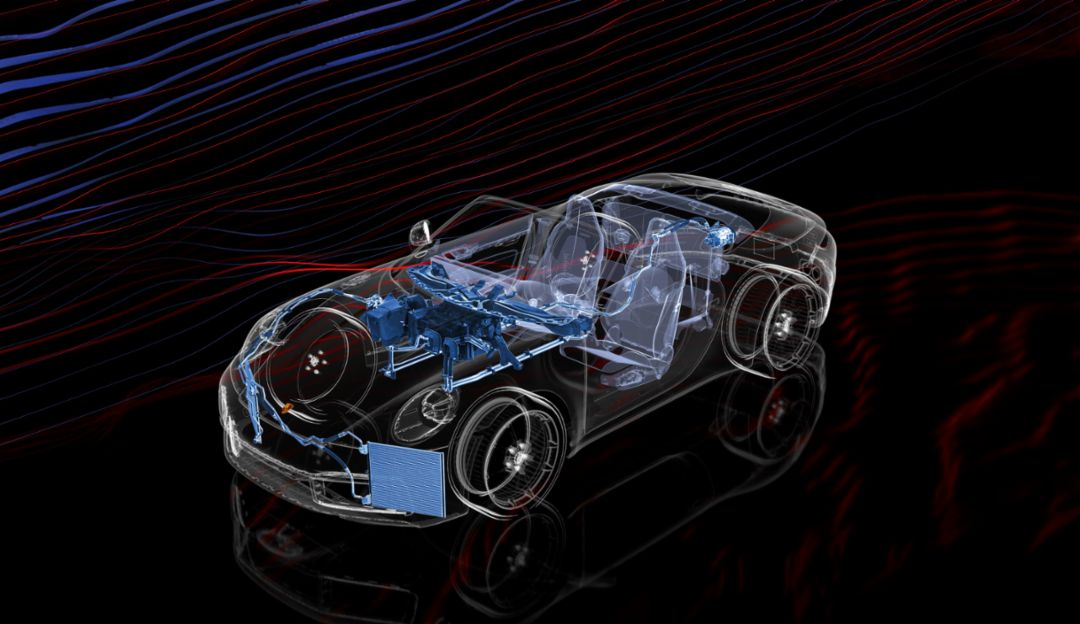
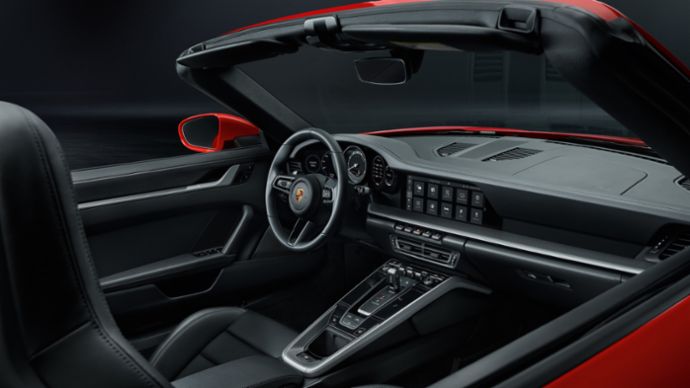
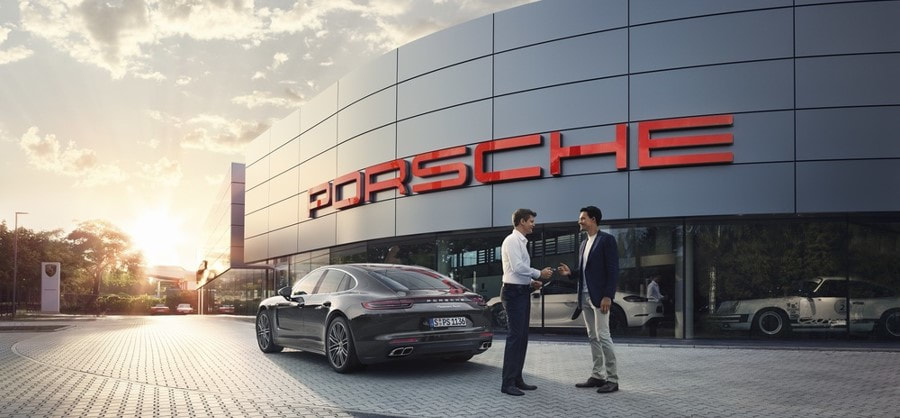
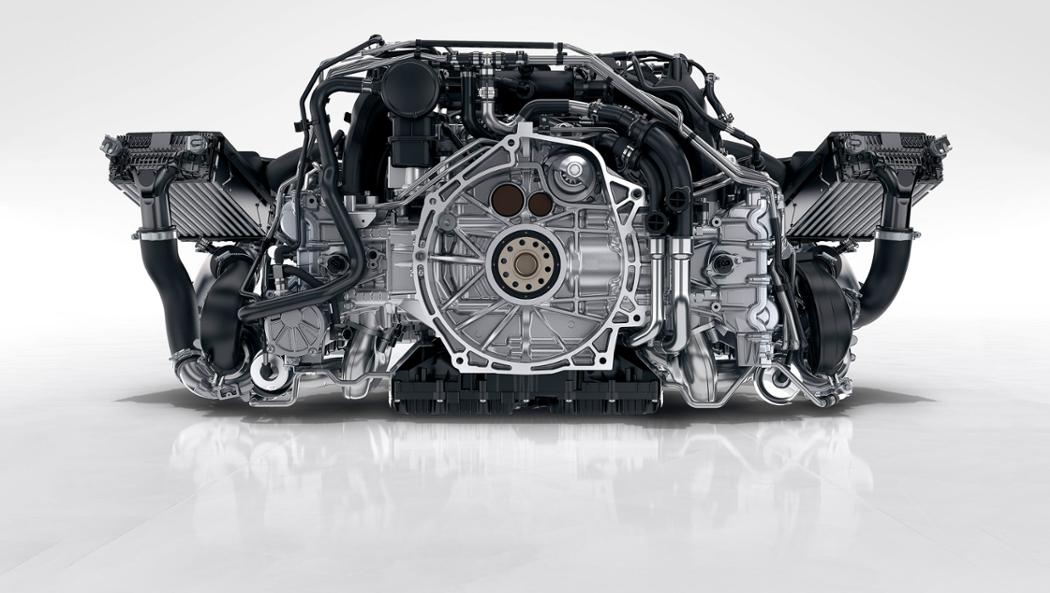
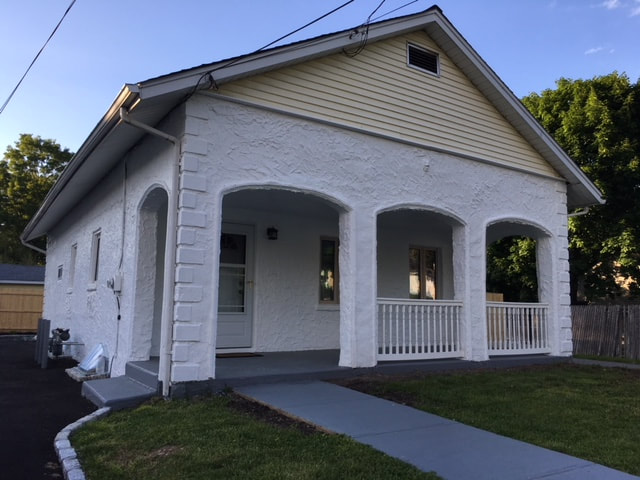
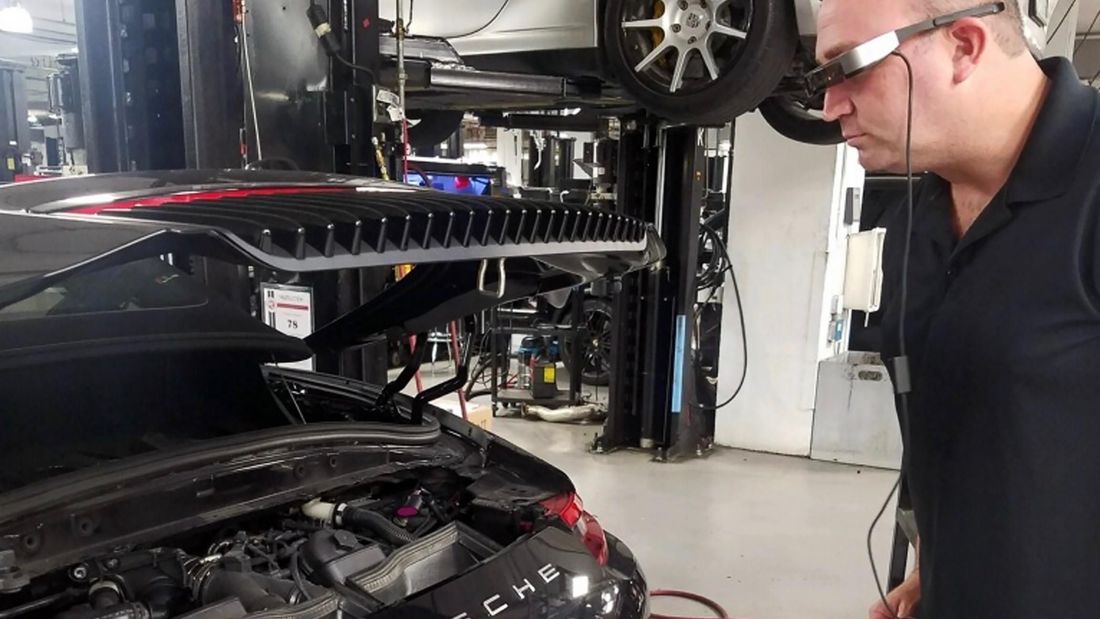
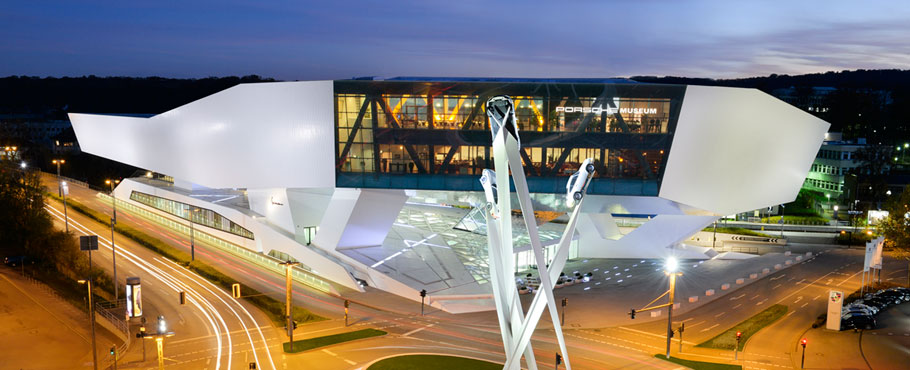
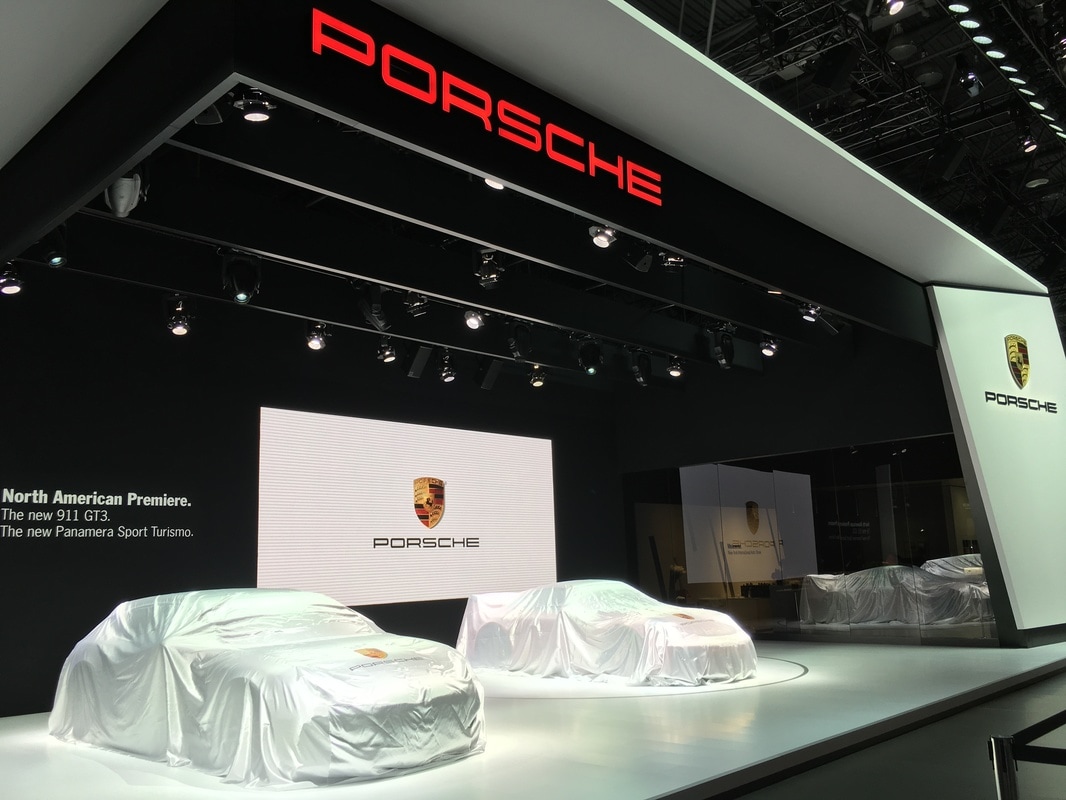
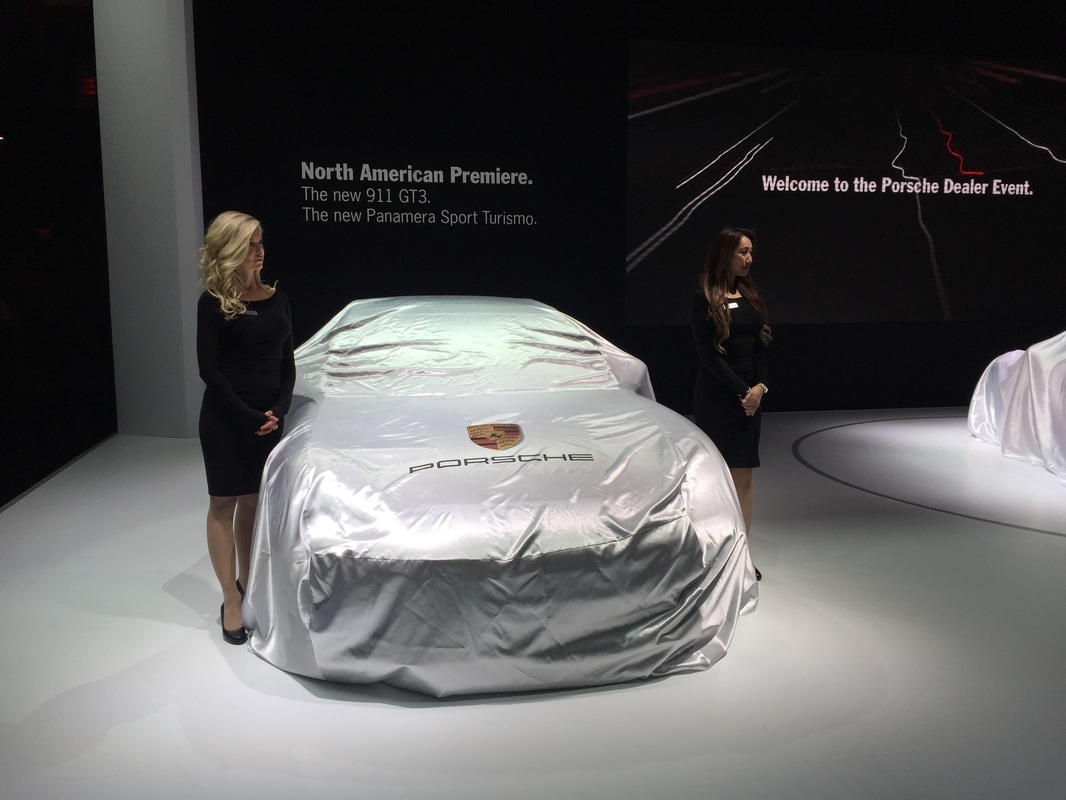
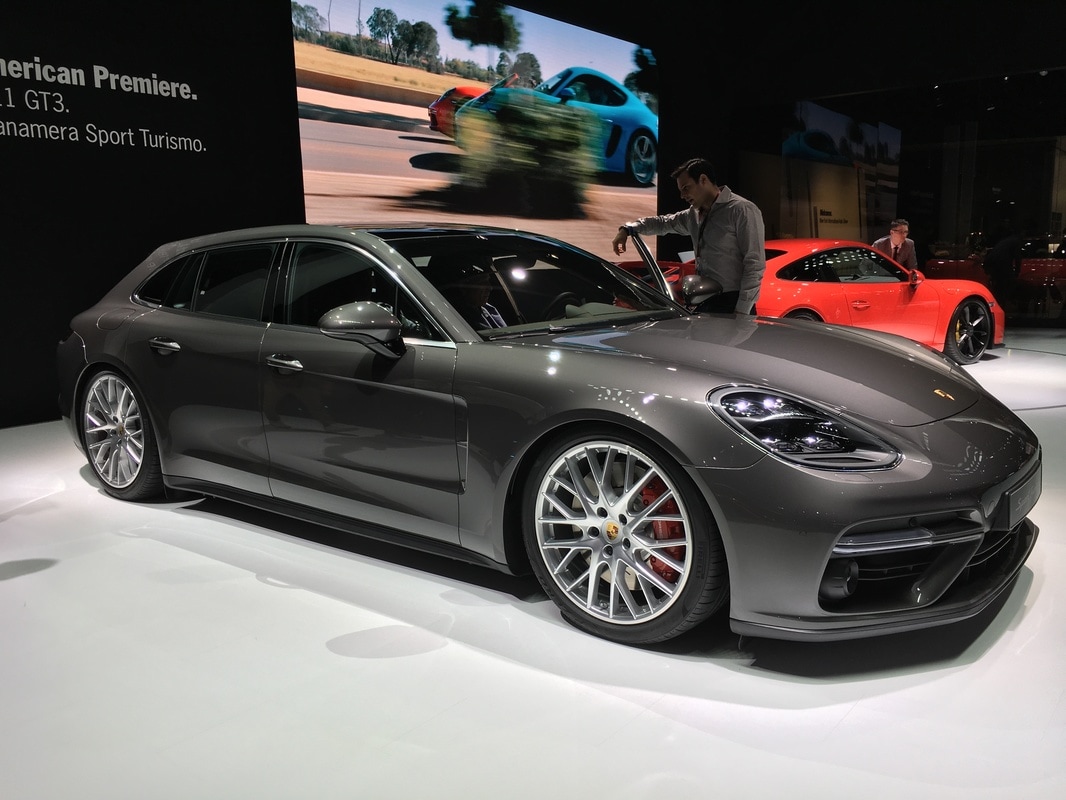
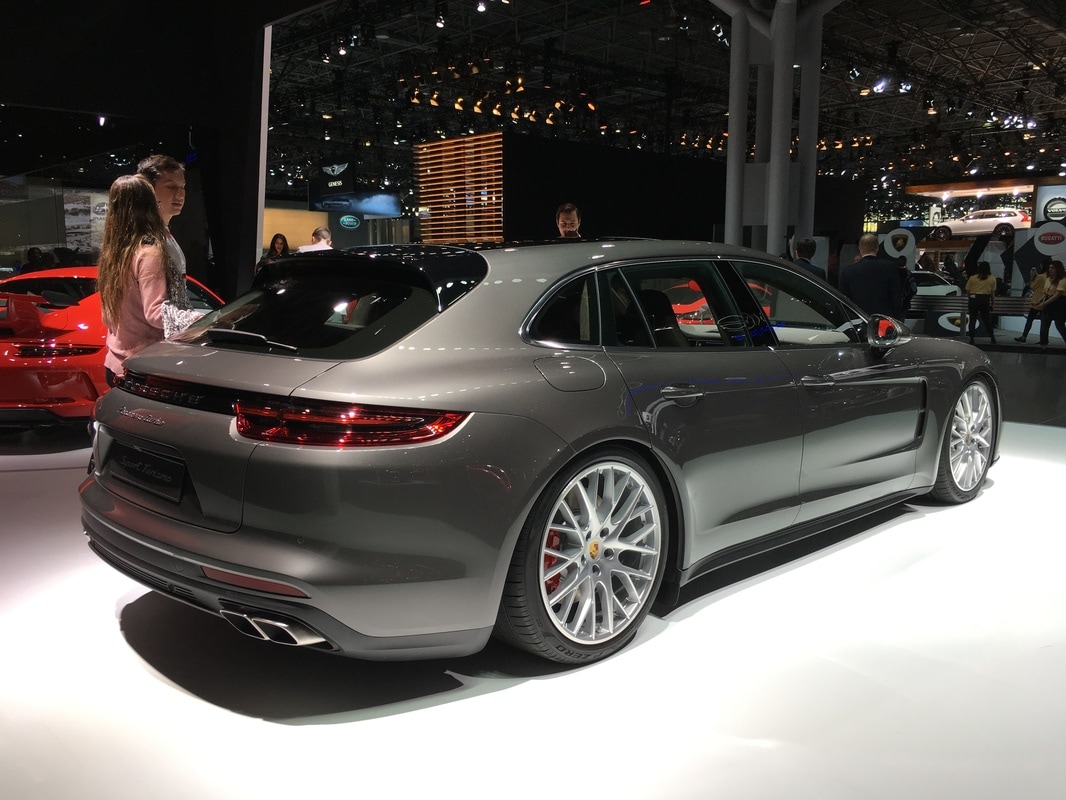
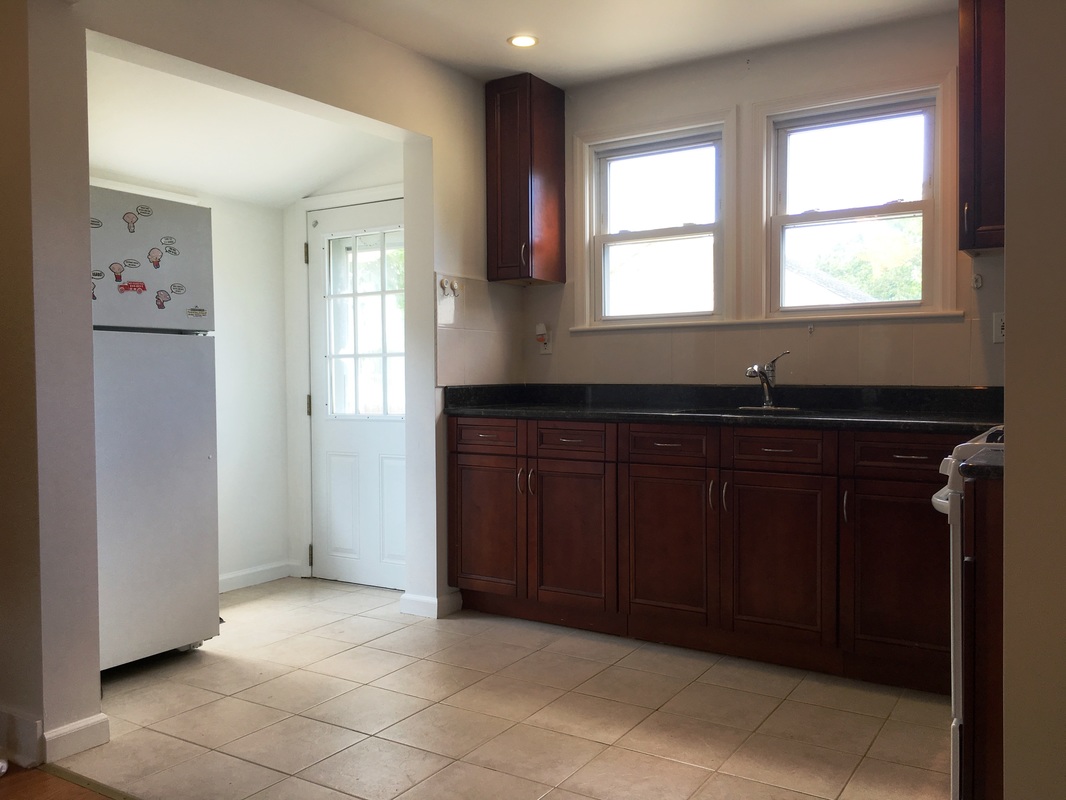
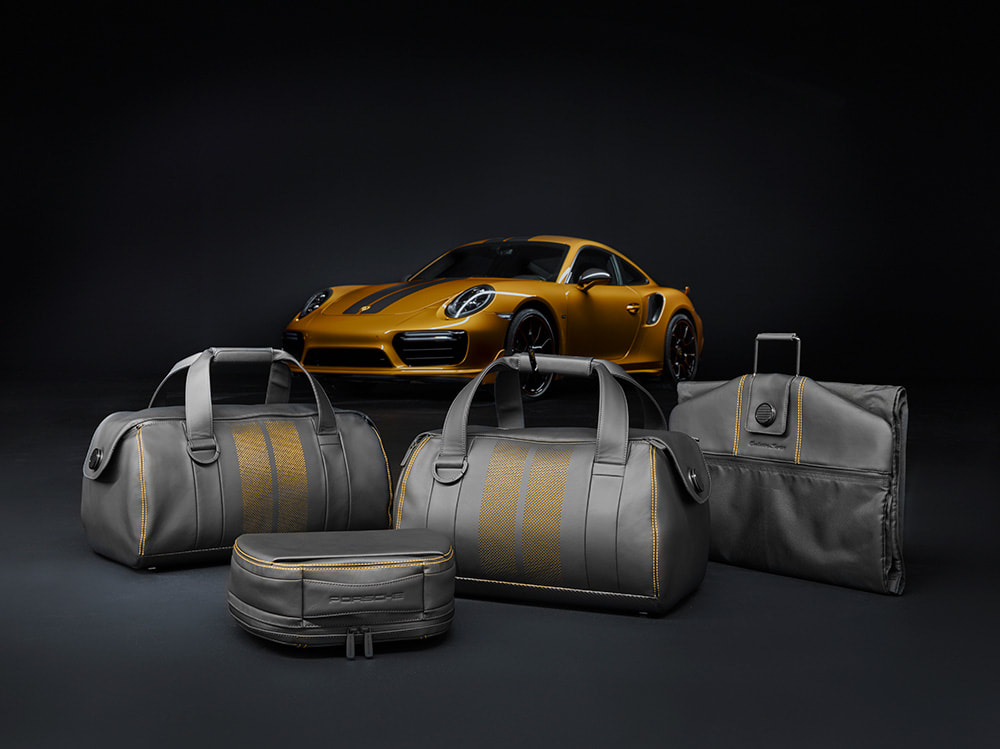

 RSS Feed
RSS Feed